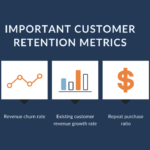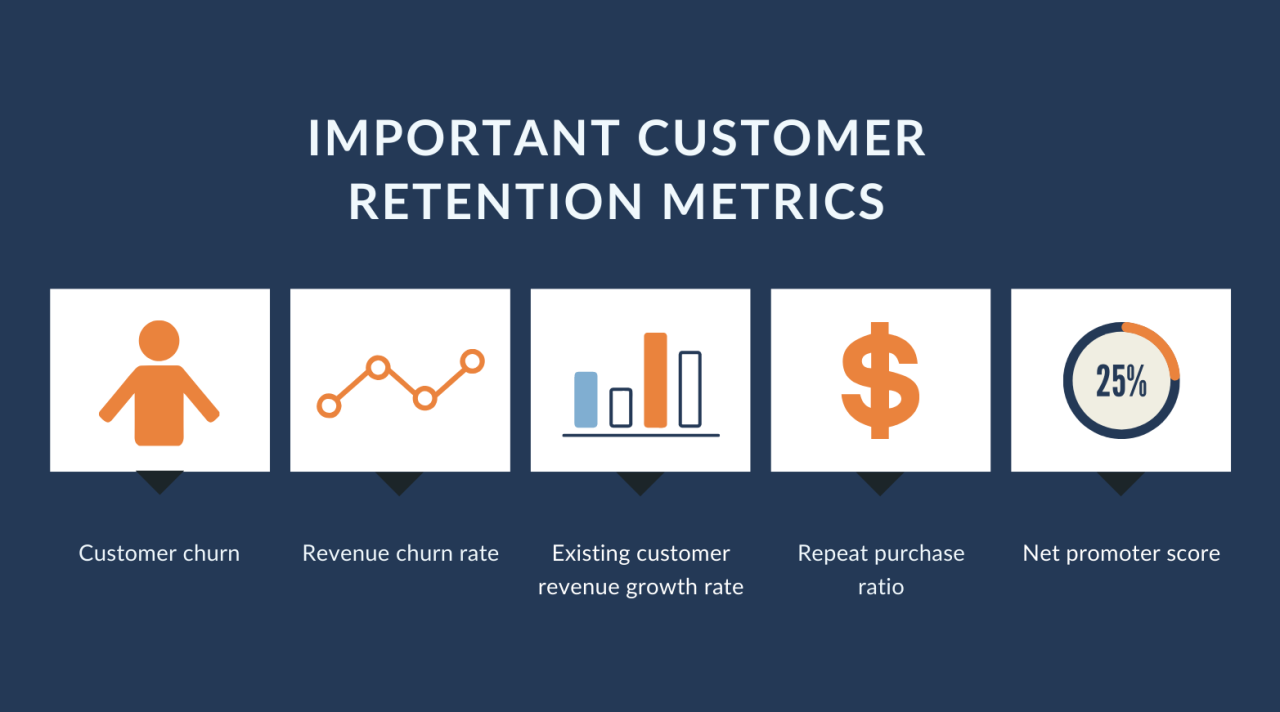In the rapidly growing wellness industry, retaining loyal customers is not just an option—it’s a necessity for sustainable success. As wellness brand owners and marketing managers, understanding and implementing effective customer retention strategies can significantly boost your business’s bottom line. From crafting innovative loyalty programs for wellness to mastering wellness customer engagement, the key to thriving in this competitive market lies in your ability to nurture lasting relationships with clients. This article will guide you through retention marketing best practices, offering actionable insights and expert advice tailored to your unique business needs. Join us as we delve into proven strategies that will empower your brand to not only attract but also retain a devoted customer base.
Effective Customer Retention Strategies
Customer retention is the cornerstone of sustainable growth for wellness brands. This section explores the importance of retention marketing, key metrics to track, and strategies for building long-lasting customer relationships.
Importance of Retention Marketing
Retention marketing is crucial for wellness brands looking to maximize customer lifetime value and reduce acquisition costs. By focusing on keeping existing customers engaged and satisfied, brands can create a stable foundation for growth.
Studies show that increasing customer retention rates by just 5% can boost profits by 25% to 95%. This significant impact underscores the importance of prioritizing retention strategies.
Moreover, retained customers often become brand advocates, providing valuable word-of-mouth marketing and referrals. This organic growth can be particularly powerful in the wellness industry, where trust and personal recommendations play a significant role.
Retention marketing also allows brands to gather valuable data and insights about their customers’ preferences and behaviors, enabling more personalized and effective marketing efforts over time.
Key Metrics for Success in Customer Retention Strategies
To effectively measure and improve customer retention, wellness brands must track specific metrics that provide insights into customer behavior and loyalty.
- Customer Retention Rate (CRR): This fundamental metric measures the percentage of customers a brand retains over a given period.
- Customer Lifetime Value (CLV): CLV helps brands understand the total revenue they can expect from a customer throughout their relationship.
- Repeat Purchase Rate: This metric indicates how often customers make repeat purchases, a key indicator of loyalty and satisfaction.
Other important metrics include churn rate, net promoter score (NPS), and customer satisfaction score (CSAT). By regularly monitoring these metrics, brands can identify areas for improvement and measure the success of their retention strategies. A good financial consulting company can help.
Building Long-Term Relationships
Establishing long-term relationships with customers is essential for sustainable growth in the wellness industry. This process involves creating meaningful connections that go beyond transactional interactions.
One effective strategy is to implement personalized communication channels, such as targeted email campaigns or customized product recommendations based on purchase history. This approach demonstrates that the brand understands and values each customer’s unique needs.
Another key aspect is providing exceptional customer service. Prompt, helpful responses to inquiries and concerns can significantly impact customer loyalty and satisfaction.
Brands should also focus on creating a community around their products or services. This can be achieved through social media engagement, user-generated content campaigns, or exclusive events for loyal customers.
Lastly, transparency and authenticity in all brand communications can help build trust and foster long-term relationships with customers who value honesty and integrity in the wellness space.
Wellness Brand Marketing Techniques
Effective marketing is crucial for wellness brands to stand out in a crowded marketplace. This section covers strategies for crafting a unique value proposition, leveraging social media, and creating content that resonates with your target audience.
Crafting a Unique Value Proposition
A compelling value proposition is essential for differentiating your wellness brand in a competitive market. It should clearly communicate the unique benefits and solutions your products or services offer to customers.
Start by identifying your target audience’s specific pain points and needs. What health or wellness challenges are they trying to overcome? How does your brand address these issues in a unique way?
Next, articulate how your brand’s offerings are different from competitors. This could be through innovative ingredients, cutting-edge technology, or a unique approach to wellness.
Finally, ensure your value proposition is concise, clear, and emotionally resonant. It should capture the essence of your brand and instantly communicate why customers should choose you over alternatives.
Remember to regularly revisit and refine your value proposition as your brand evolves and market conditions change.
Leveraging Social Media Platforms
Social media has become an indispensable tool for wellness brand marketing, offering unprecedented opportunities for engagement and brand building.
Choose platforms that align with your target audience’s preferences. For instance, Instagram and Pinterest are often effective for visually-driven wellness content, while LinkedIn might be more suitable for B2B wellness brands.
Create a content strategy that balances promotional material with valuable, educational content. Share tips, recipes, workout routines, or mindfulness exercises that provide immediate value to your followers.
Engage with your audience regularly by responding to comments, hosting Q&A sessions, or running interactive polls and quizzes. This two-way communication helps build a sense of community around your brand.
Leverage influencer partnerships to expand your reach and credibility. Collaborate with influencers who align with your brand values and have an engaged following in the wellness space.
Content That Resonates with Audience
Creating content that truly resonates with your audience is key to building brand loyalty and driving engagement in the wellness industry.
Focus on producing authentic, relatable content that addresses your audience’s real-life challenges and aspirations. Share customer success stories, behind-the-scenes glimpses of your brand, or expert insights into wellness topics.
Use a mix of content formats to cater to different preferences. This could include blog posts, videos, podcasts, infographics, or interactive tools like wellness calculators or personalized quizzes.
Ensure your content is not only informative but also actionable. Provide clear, practical steps that your audience can implement in their daily lives to improve their wellness.
Lastly, optimize your content for search engines by incorporating relevant keywords and addressing common wellness-related queries. This will help improve your brand’s visibility and attract potential customers actively seeking wellness solutions.
Engaging Loyalty Programs for Wellness
Loyalty programs can be a powerful tool for enhancing customer retention in the wellness industry. This section explores how to design attractive loyalty programs, increase customer engagement, and implement retention marketing best practices.
Designing an Attractive Loyalty Program
An effective loyalty program for wellness brands should offer meaningful rewards that align with customers’ health and wellness goals. This encourages continued engagement and reinforces the brand’s commitment to their well-being.
Consider tiered reward structures that provide increasing benefits as customers engage more with your brand. This could include exclusive access to new products, personalized wellness consultations, or VIP experiences.
Incorporate gamification elements to make the program more engaging and fun. This could involve challenges, progress tracking, or friendly competitions that motivate customers to stay active and involved with your brand.
Ensure the program is easy to understand and use. Provide clear information on how to earn and redeem points, and make the process as seamless as possible across all touchpoints.
Regularly review and update your loyalty program based on customer feedback and changing market trends to keep it fresh and relevant.
Increasing Wellness Customer Engagement
Boosting customer engagement is crucial for the success of wellness brands. It involves creating meaningful interactions that keep customers connected to your brand beyond their purchases.
Implement personalized wellness challenges or goal-setting programs that align with your products or services. This could involve tracking progress, providing motivational content, or offering rewards for achieving milestones.
Create exclusive content or events for loyal customers. This might include virtual wellness workshops, Q&A sessions with health experts, or early access to new product launches.
Leverage technology to enhance engagement, such as mobile apps that allow customers to track their wellness journey, connect with community members, or access personalized recommendations.
Encourage user-generated content by featuring customer success stories or hosting contests that showcase how customers use your products in their wellness routines.
Customer Retention Strategies: Retention Marketing Best Practices
Implementing retention marketing best practices is essential for maintaining a loyal customer base in the competitive wellness industry.
Segment your customer base to deliver more targeted and relevant communications. This could involve grouping customers based on their wellness goals, purchase history, or engagement level.
Implement a robust email marketing strategy that goes beyond promotional content. Share valuable wellness tips, personalized product recommendations, or exclusive offers based on individual customer preferences.
Use data analytics to identify at-risk customers and implement proactive retention strategies. This might involve reaching out with personalized offers or seeking feedback to address any concerns.
Create a seamless omnichannel experience that allows customers to engage with your brand consistently across all touchpoints, from in-store experiences to digital platforms.
Continuously gather and act on customer feedback to improve your products, services, and overall brand experience. This demonstrates your commitment to meeting customer needs and fostering long-term loyalty which is the key to effective customer retention strategies.





